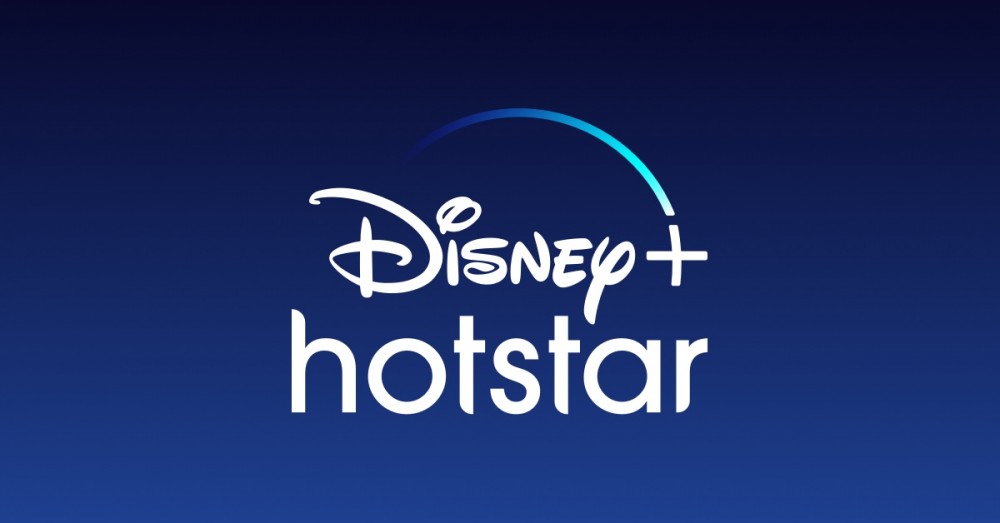After months of speculation and some denial, actor Akshay Kumar finally became part of a panel in June to announce a huge slate of Bollywood films acquired by Disney+ Hotstar, the video streaming platform owned by Disney India.
In a bulk deal estimated to be to the tune of ₹500 crore, Disney had done the unthinkable. It convinced Hindi cinema’s biggest names including Kumar, Ajay Devgn and Alia Bhatt to part with theatrical box office and the ensuing clout of several thousand screens by selling their films to the platform.
“Movies will always be the first birthright of the theatres. But with the pandemic, we are seeing a situation where we have created this space where more and more audiences can enjoy what we make for them," Kumar said, slightly reluctant about announcing the direct-to-digital release of his horror comedy Laxmmi Bomb.
Countering him a couple of minutes later was Uday Shankar, president, the Walt Disney Company APAC and chairman, Star and Disney India, who said movies are the birthright of nobody but the audiences.
“The potential of the film industry and the viewership it has managed so far has been restricted because of India’s limited screen count and the release windows available which in turn, restrict our output and the appetite of audiences," Shankar told Mint in an interview. “This (the release of films on digital platforms) is an opportunity to grow the market and for more films to be made and released. It is deeply strategic and the right thing for all."
The covid 19 pandemic has had far reaching impact on every aspect of the film industry in India be it theatrical releases, star compensations, marketing or even shooting. Not all of Bollywood may admit it but the past five months have seen its traditional power structures reach a point of collapse.
With cinemas shut since the middle of March, box office and the ‘mass appeal’ of its biggest stars have effectively turned zero. It is too early to tell the long-term implications of the pandemic and whether things will ever go back to the way they were. But there are a few repercussions staring the industry in the face. For one, as studios deal with limited cash flows and want to invest as much as they can in big cinematic experiences to bring people back to theatres, A-list male stars who took away nearly 50-60% of the production budget of movies, sometimes to the tune of Rs. 80 crore, will have to look at cuts of around 25%.
“I think everyone is aware and conscious of current realities and of the fact that every single item (in the production budget) will have to be questioned," Ajit Andhare, chief operating officer at Viacom18 Studios told Mint. “We cannot have different rules for different people and everyone including stars and technicians will have to contribute."
Further, big investments in productions will mean cutting down on unnecessarily aggressive marketing and promotion. Bollywood promotional budgets, which in some cases, can go as high as ₹25-30 crore, have comprised common drills such as city tours, college, mall and sporting event visits, reality show appearances and newspaper ads up till now. Anything that requires much physical interaction will obviously be done away with and be replaced with digital and social media focused campaigns incorporating influencers, memes and platforms like Facebook and Instagram much more, thereby bringing marketing budgets down by 20-30%.
Even though the information and broadcasting ministry has come up with shooting guidelines, content creators look to rely much more on animation and visual effects in the coming months, pre-visualising things on devices so as to have entire sequences planned out in advance and spend minimum time on the actual set. This kind of ‘virtual production’ is going to be the keyword in the days to come, said Keitan Yadav, chief operating officer at Shah Rukh Khan-owned Red Chillies VFX.
Media and entertainment industry experts emphasize that covid, in no way, means the end of big-screen experiences and it is only a matter of time before people, locked up at home for months, return to theatres in hordes. That explains the number of big-budget projects stars like Salman Khan, Akshay Kumar, Ajay Devgn and Prabhas have under production. But some things may have changed for good.
Bollywood is unlikely to return to the eight-week gap between theatrical and digital premiere of movies even after cinema operations resume. It could soon be common to have a film available on a streaming platform within three to four weeks of its big screen debut. For years, theatre chains have called the shots when it came to the satellite and digital premiere of films.
Bollywood titles like 1921 and Shaadi Mein Zaroor Aana have even had shows cancelled by many multiplexes when their producers negotiated OTT deals within days of theatrical release. But now, not every film may even contemplate theatrical release like before. Battling obscure shows and timings handed to them by theatres for years, smaller filmmakers may skip the theatrical route entirely, a phenomenon that had in fact begun pre-covid. Further, with all theatres unlikely to reopen at the same time, some producers may look at a mix of theatrical and digital releases simultaneously as soon as this year.
“We’re desperately waiting for theatres to reopen and are very optimistic about the same," said Reliance Entertainment Group CEO Shibasish Sarkar, the only studio that has confirmed theatrical releases for 2020, Akshay Kumar’s Sooryavanshi for Diwali and sports drama ’83 for Christmas. However, Sarkar admits the ultimate release strategy for these films may have to see a mix of theatrical and digital, much like Walt Disney’s Mulan that is streaming on Disney+ Hotstar in the US but will release in theatres in many other countries.
“If all markets do not open up, we will have different strategies for different markets," Sarkar said.
Share This Post















